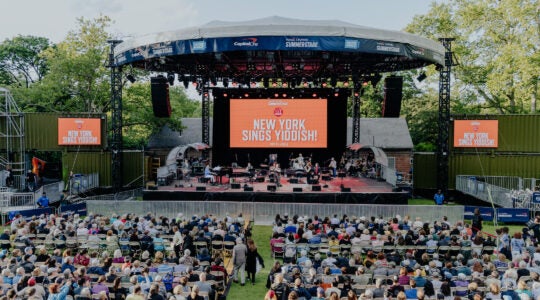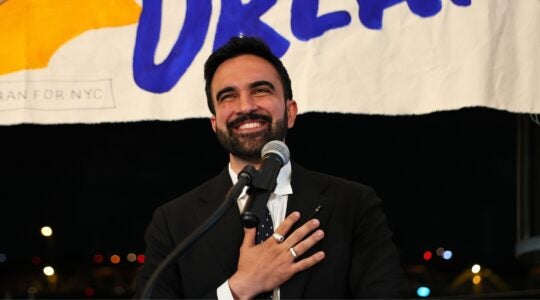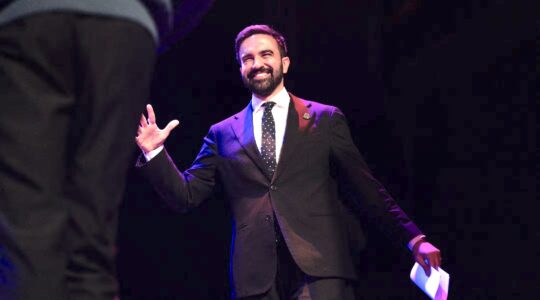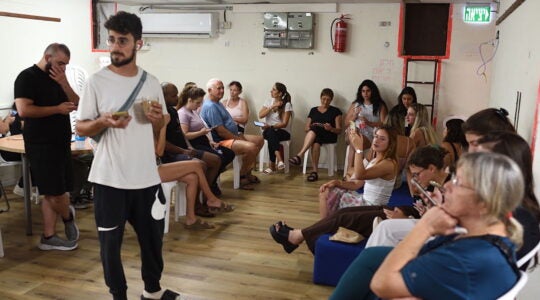Earthquakes, not hurricanes, are the chief natural-disaster worry along the Pacific coast near Guayaquil, Ecuador’s largest city. A big one hit last year, collapsing a bridge and destroying buildings, but Guayaquileños, as they are known, mourned the hundreds who died but regrouped and went on with life.
Guayaquil, a city of 2.2 million, is forward-looking. Had a fire not destroyed most of its 16th-century Spanish infrastructure back in 1896, it might have been preserved as one of the continent’s many UNESCO-anointed colonial cities. Instead, it rebuilt and thrives as a cosmopolitan waterfront hub, with an active Jewish community and the kind of old-and-new dynamism that animates great port cities.
Most Americans won’t plan a vacation here, but if you’re visiting the region, Guayaquil is a fun, urbane interlude en route to or from the Galápagos or Macchu Pichu, and a welcoming Jewish stop for backpackers.
Guayaquileños consider themselves Ecuador’s liberal intellectuals, and they care as much about not being their country’s capital as, well, New Yorkers do. They have two rival soccer teams and a dozen universities that attract scholars from across the region; immigrants from around the world have long sought New World opportunity here, enriching Guayaquil’s distinctive barrios with Italian, Middle Eastern and Andean flavors.
A close friend’s husband, who grew up “playing backgammon on the streets of Jerusalem,” as he likes to say, landed in Guayaquil with his family in the 1980s and quickly became part of Ecuador’s second-largest Jewish community.
Founded mostly by German-Jewish immigrants in the early 20th century, that community lost numerous sons and daughters to larger, wealthier cities elsewhere in the Americas. Newer Jewish families include not only Israelis, but also arrivals from elsewhere in South America, adding a Sephardic presence to a historically Ashkenazic population.
Guayaquil’s beautiful, modern Chabad complex, tucked behind a gate in a residential neighborhood, is a point of pride for locals and tourists alike. The recent nearby opening of Kosher Pita Grill has given the city’s Jewish tourism added momentum.
Most of the city’s points of interest are within an easy walk near the Guayas River waterfront. Sprawling and largely flat, Guayaquil was founded around two hills, the Cerros Santa Ana and El Carmen, whose twin humps — dotted with pastel jumbles of colonial-style buildings — have long defined the cityscape.
The most rewarding views over Guayaquil and the river are to be had by climbing what can feel an innumerable series of steps up these hills, past pink and turquoise houses with lacey wrought-iron trim. El Carmen boasts a majestic statue of Jesus Christ, reminiscent of the one in Rio (though not quite as high, and in a significantly more upscale neighborhood). Clamber up Santa Ana, closer to the water, and you stumble on conquistadors’ cannons, old forts, a pretty stucco chapel, a historic lighthouse and other landmarks from the city’s past.
With steamy tropical heat a year-round constant, these climbs are best undertaken early or late in the day. Midday should be reserved for a lengthy break in one of the inviting cafés that dot the cerros, where cool beer, cold salads and fresh fish are on offer.
Nestling Santa Ana is Las Peñas, the oldest quarter of Guayaquil. Most of the houses, colored in shades of mint, peach and banana, with Spanish-style balconies and lace-trimmed shutters, were rebuilt following quakes and fires. But the colonial-era bones remain in this 1500s neighborhood, giving it a quaintness rare in the city. You can easily lose an afternoon browsing galleries full of local, folklore-inspired art, or sampling helado, the local ice cream, in tropical fruit flavors: coconut, maracujá, guanabaná, naranjilla.
Down the hills to the south is the modern pride of Guayaquil: the Malecón, an inviting promenade along the banks of the Guayas. Like many port cities, industrial Guayaquil neglected the aesthetic potential of its waterfront for centuries. But an early-2000s urban renewal project revived the area with a broad, palm-lined boardwalk, an IMAX theater, shopping malls, an endless variety of restaurants, an obligatory Ferris wheel and a small historical museum.
Simón Bolívar and José de San Martín, the Latin American liberators, are memorialized in a columned monument where the Guayas meets Guayaquil’s main boulevard, 9 de Octubre — commemorating the independence of the city from Spain in 1820. The boardwalk also boasts the Malecón Gardens, a green oasis of footpaths and lagoons, waterfalls and native tropical flowers.
More than anything else, though, the Malecón is a place to mingle with a polyglot cross-section of modern Ecuador. Strolling past barges and vintage ships, it’s hard not to be impressed by the way past and present coexist on this wide-open waterfront.
The New York Jewish Week brings you the stories behind the headlines, keeping you connected to Jewish life in New York. Help sustain the reporting you trust by donating today.




